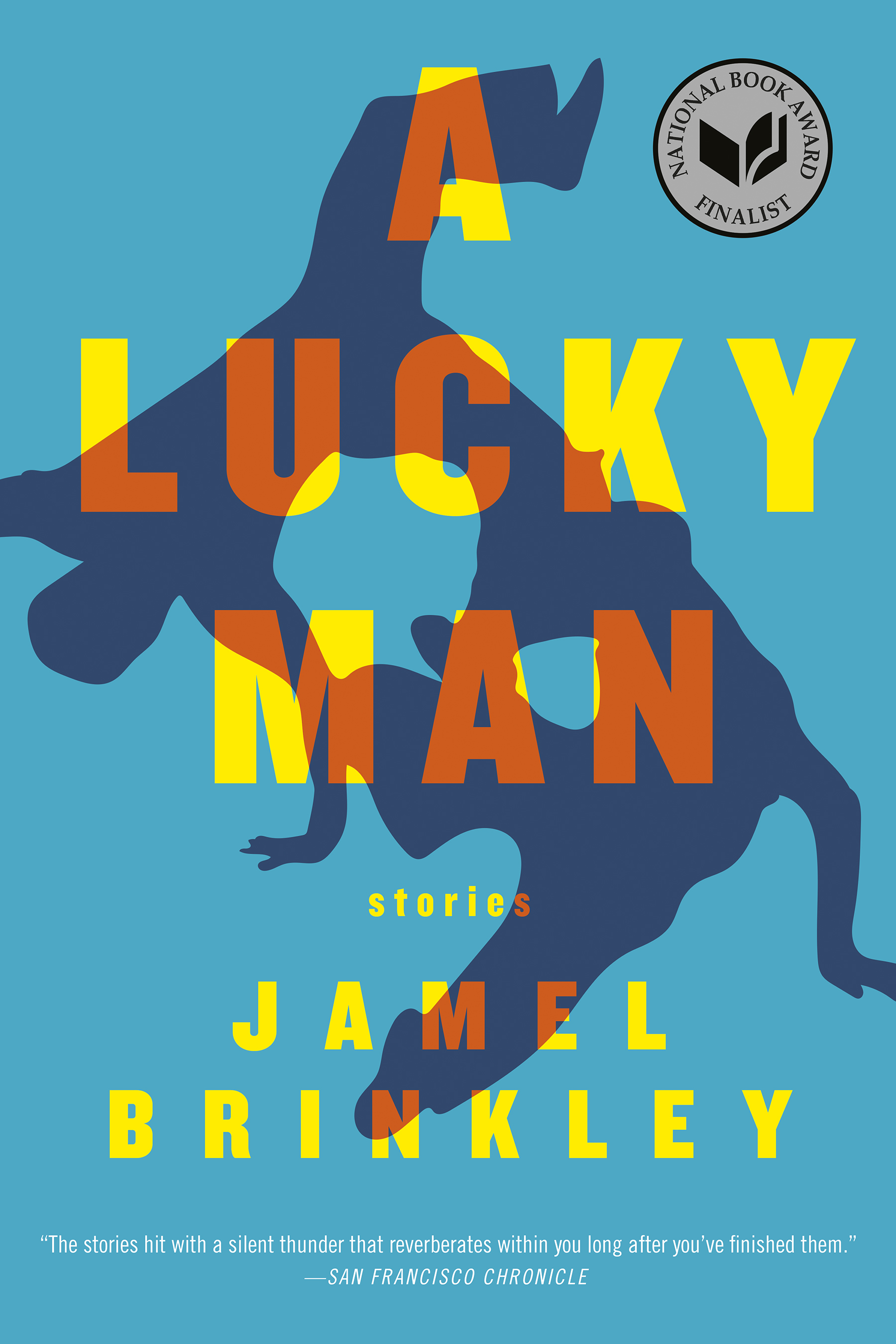It’s that time again—The Common and Amherst College will be hosting the fourth annual LitFest at the end of the month. For three days, February 28th to March 2nd, award-winning authors, poets, and critics will descend on Amherst to read, discuss, teach, and celebrate great writing. This year the lineup includes two National Book Award finalists, two Pulitzer Prize winners, and a New York Times bestseller. View the full list of participating writers and a calendar of events here.
The Common staff and interns are busily reading in anticipation of LitFest, so February’s Friday Reads feature is a selection of new work by the writers who will be visiting us in Amherst soon.
Recommendations: Manhattan Beach by Jennifer Egan, Where the Dead Sit Talking by Brandon Hobson, The Sixth Extinction by Elizabeth Kolbert, and A Lucky Man by Jamel Brinkley.
Where the Dead Sit Talking by Brandon Hobson; recommended by Jennifer Acker, Founder and Editor in Chief
Where the Dead Sit Talking carries a profound emotional resonance all the way through, without ever being sentimental or maudlin. You could forgive the narrator, Sequoyah, a 15-year-old Cherokee boy, for being both: his mother is in jail and he is scarred, both physically and figuratively, from her neglect. Unlike a lot of fictional teenagers, Sequoyah is thoughtful, off-beat, and relatable, and he is in mourning over the death of his foster sister, Rosemary, with whom he had grown close while living with the Troutt family. There is such dignity and human consideration in Hobson’s magnetic prose, one is captivated from the beginning by these authentic teenagers and the rural Oklahoma landscape, and we want the best for him long after the book is over.
Manhattan Beach by Jennifer Egan; recommended by Julia Pike, Thomas E. Wood ’61 Fellow
Manhattan Beach by Jennifer Egan begins with three characters standing at the edge of the water on a gray winter day in Brooklyn in 1934. Anna, the book’s protagonist, is eleven at the time, and has accompanied her father Eddie on a business call to Dexter Styles, a Brooklyn gangster. The opening scene is brief, but neatly sets up the rest of the book—the reader comes to expect the succinct, gorgeous prose Egan is known for, gets a sense for the book’s lasting preoccupation with the sea, and meets the three characters whose intertwining lives will form the net upon which the book rests.
Manhattan Beach takes readers on a journey through New York in the ’30s and ’40s, exploring the ins and outs of crime syndicates and high society, and delving deep into the difficulties faced by women working at the Brooklyn Navy Yard. Perhaps the book’s most impressive feat is the way it immerses the reader in vastly different spaces. We sense the weight of the East River above us, smell the musty inside of a diving suit, hear the pulse of music and chatter in a smoke-filled nightclub, gaze out at the endless ocean horizon. The depth of imagination and research necessary to bring the space of the book so fully to life is mind-boggling, but the book is so immersive that this thought didn’t even strike me until I’d reached the last page.
A Lucky Man by Jamel Brinkley; recommended by Emily Everett, Managing Editor
Jamel Brinkley shies away from nothing in these nine stories, but the thread of masculinity, in many forms, runs through all of them. The characters look inward and the reader follows, gazing in on their uncomfortable self-reflections: sex, aging, faith, failure, race, privilege, grief, and vulnerability. Brief, specific moments—a high school reunion, a commute to work, a summer camp trip to the country—offer a lens through which to view the whole length of a life, running back into the past and forward into the future from that scene. It’s almost dizzying. These are the types of stories that come to mind again and again, long after you’ve put down the book. I was never quite done with the characters, and so I still feel them moving through their lives—taking the subway to work, dozing in class, starting conversations they can’t quite bring themselves to finish.
The Sixth Extinction by Elizabeth Kolbert; recommended by Elizabeth Witte, Associate Editor
“As soon as humans started using signs and symbols to represent the natural world, they pushed beyond the limits of that world.” It is here, in the final chapter of Kolbert’s primer on the rise and fall of the Anthropocene, that the human power to irrevocably change the world comes undeniably into focus. “If you want to think about why humans are so dangerous to other species,” Kolbert continues, “you can picture a poacher in Africa carrying an AK-47 or a logger in the Amazon gripping an ax, or, better still, you can picture yourself, holding a book on your lap.” It is not that people don’t care, but that, in this present moment, “we are deciding, without quite meaning to, which evolutionary pathways will remain open and which will be forever closed.”
In this chapter by chapter exploration-elegy for the extinction or near-extinction of individual species—golden frog, brown bat, Sumatran rhinoceros—Kolbert maps not only species-by-species loss, but the impact of these events upon vast and deep ecosystems. We stand in the shadow of rhinos and at the openings of caves piled with dead bats. We stand, too, in the shadows of the myriad scientists striving to understand what is happening, what will be—looking at microsystems to understand the larger, forthcoming picture. Kolbert brings forward not only the long-term evolutionary history that preceded and brought forth this present era but the evolution and acceptance of the very concept of extinction—that there were things here before us that are not here now—as shattering as the concept of “zero.”
For further reading, I suggest “Climate Signs” by Emily Raboteau, and “As We Approach the City,” a companion photo essay for The Common by Mik Awake—signs and symbols, indeed.








